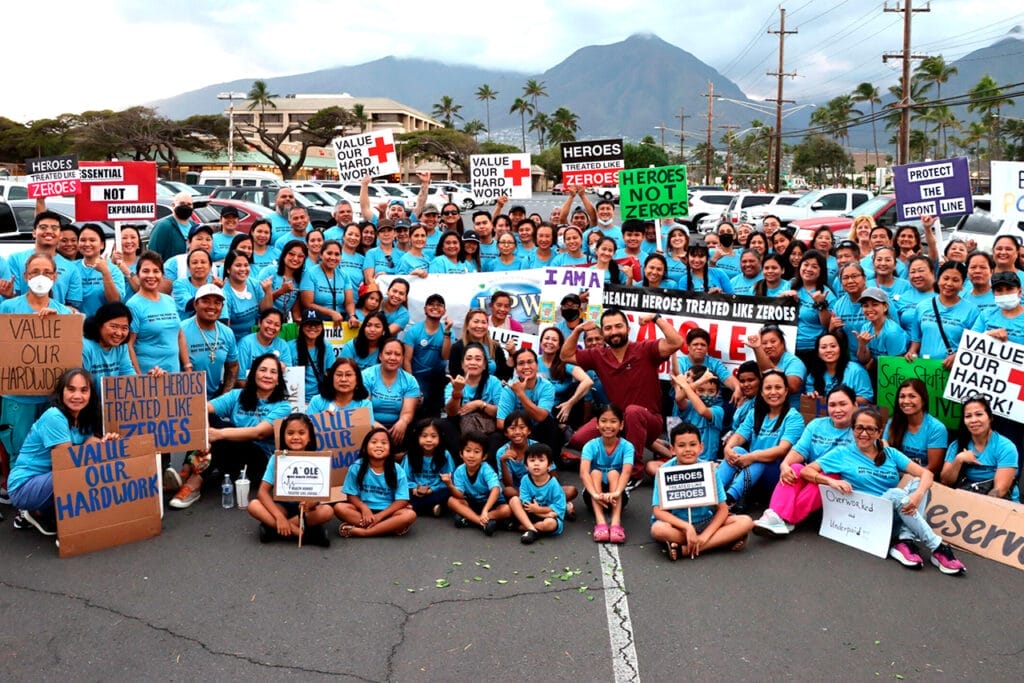About
United Public Workers have worked for better wages, hours and conditions of work since 1944.

We put the work in working class
Founded in 1944, United Public Workers represents approximately 12,000 blue-collar, institutional, and healthcare workers in public and private sectors who deliver core services to the communities of Hawaii on the islands of Hawaii, Maui, Molokai, Lanai, Oahu, and Kauai.
Strength in numbers
The work of UPW members is physically demanding, but together, we harness the strength
of our collective efforts. We secure added benefits for our members through partnerships
with various businesses.
